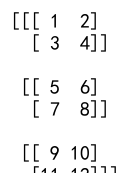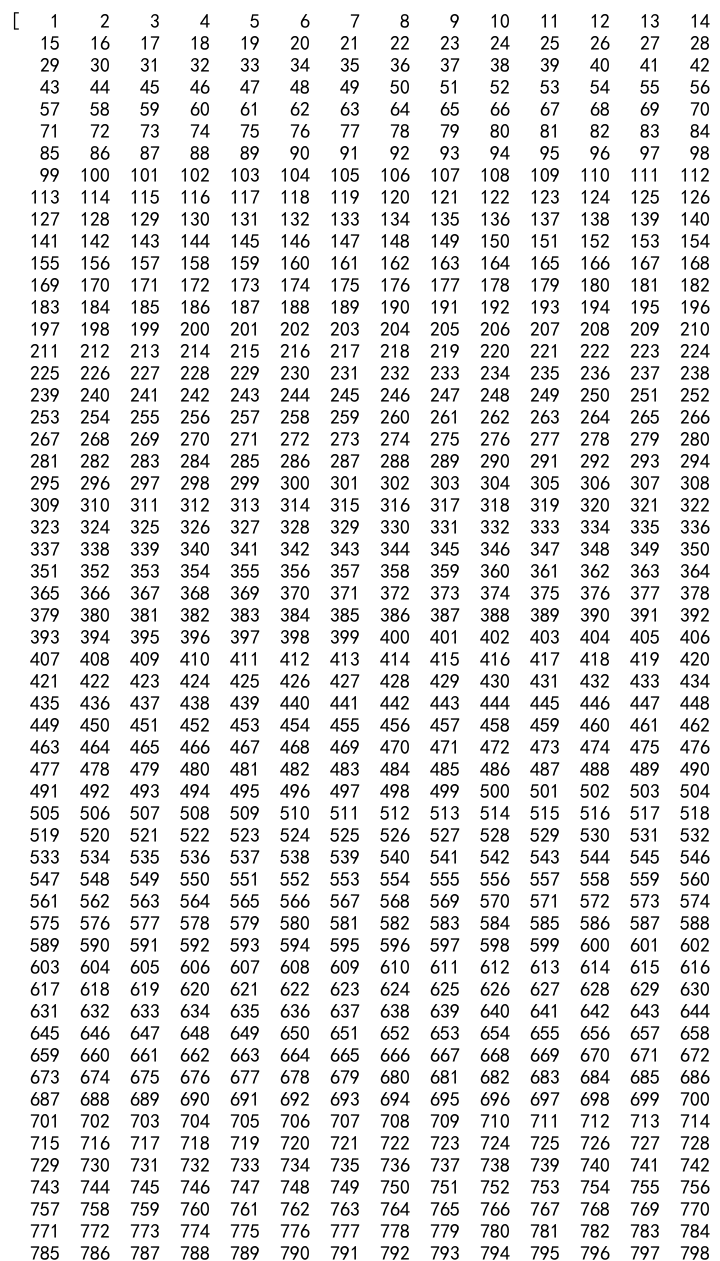Numpy Append to Array
Numpy is a fundamental package for scientific computing in Python. It provides support for large, multi-dimensional arrays and matrices, along with a large collection of high-level mathematical functions to operate on these arrays. One common operation when working with arrays is appending elements or arrays to an existing array. In this article, we will explore various ways to use the numpy.append() function to add elements to arrays, along with detailed examples.
Understanding numpy.append()
The numpy.append() function is used to append values to the end of an array. It takes at least two arguments: the array you want to append to, and the values you want to append. The function returns a new array that includes the appended values as a copy of the original array; it does not modify the original array.
Syntax of numpy.append()
numpy.append(arr, values, axis=None)
arr: This is the array to which values are appended.values: These are the values to be appended. This can be a scalar, list, or another array.axis: The axis along which values are appended. If the axis is not provided, botharrandvaluesare flattened before use.
Example 1: Appending a single element to a 1D array
import numpy as np
arr = np.array([1, 2, 3])
value_to_append = 4
new_arr = np.append(arr, value_to_append)
print(new_arr)
Output:

Example 2: Appending multiple elements to a 1D array
import numpy as np
arr = np.array([1, 2, 3])
values_to_append = [4, 5, 6]
new_arr = np.append(arr, values_to_append)
print(new_arr)
Output:

Example 3: Appending elements to a 2D array without specifying an axis
import numpy as np
arr = np.array([[1, 2], [3, 4]])
values_to_append = [5, 6]
new_arr = np.append(arr, values_to_append)
print(new_arr)
Output:

Example 4: Appending elements to a 2D array along axis 0
import numpy as np
arr = np.array([[1, 2], [3, 4]])
values_to_append = [[5, 6]]
new_arr = np.append(arr, values_to_append, axis=0)
print(new_arr)
Output:

Example 5: Appending elements to a 2D array along axis 1
import numpy as np
arr = np.array([[1, 2], [3, 4]])
values_to_append = [[5], [6]]
new_arr = np.append(arr, values_to_append, axis=1)
print(new_arr)
Output:

Advanced Usage of numpy.append()
While numpy.append() is straightforward for simple cases, it can also be used in more complex scenarios, such as appending arrays of different dimensions or appending along a specific axis in multi-dimensional arrays.
Example 6: Appending a 1D array to a 2D array along axis 0
import numpy as np
arr = np.array([[1, 2], [3, 4]])
values_to_append = [5, 6]
new_arr = np.append(arr, [values_to_append], axis=0)
print(new_arr)
Output:

Example 7: Appending a 1D array to a 2D array along axis 1 (requires reshaping)
import numpy as np
arr = np.array([[1, 2], [3, 4]])
values_to_append = [5, 6]
values_to_append_reshaped = np.reshape(values_to_append, (2, 1))
new_arr = np.append(arr, values_to_append_reshaped, axis=1)
print(new_arr)
Output:

Example 8: Appending multiple arrays along axis 0
import numpy as np
arr1 = np.array([[1, 2], [3, 4]])
arr2 = np.array([[5, 6], [7, 8]])
new_arr = np.append(arr1, arr2, axis=0)
print(new_arr)
Output:

Example 9: Appending multiple arrays along axis 1
import numpy as np
arr1 = np.array([[1, 2], [3, 4]])
arr2 = np.array([[5, 6], [7, 8]])
new_arr = np.append(arr1, arr2, axis=1)
print(new_arr)
Output:

Example 10: Using numpy.append() with a 3D array
import numpy as np
arr = np.array([[[1, 2], [3, 4]], [[5, 6], [7, 8]]])
values_to_append = [[[9, 10], [11, 12]]]
new_arr = np.append(arr, values_to_append, axis=0)
print(new_arr)
Output:

Performance Considerations
While numpy.append() is a convenient function, it is important to note that it does not perform in-place operations. Each time numpy.append() is called, a new array is created and the data is copied over. For large arrays or frequent operations, this can lead to significant performance overhead.
Example 11: Appending elements in a loop (not recommended for large arrays)
import numpy as np
arr = np.array([1, 2, 3])
for i in range(4, 1001):
arr = np.append(arr, i)
print(arr)
Output:

Alternatives to numpy.append()
For cases where performance is critical, or when you need to append multiple values iteratively, it is better to use other approaches such as using numpy.concatenate() or building a list and converting it to an array at the end.
Example 12: Using numpy.concatenate() instead of numpy.append()
import numpy as np
arr = np.array([1, 2, 3])
values_to_append = [4, 5, 6]
new_arr = np.concatenate([arr, values_to_append])
print(new_arr)
Output:

Numpy Append to Array Conclusion
In this article, we explored how to use the numpy.append() function to add elements to numpy arrays. We covered various scenarios, from simple appends to more complex operations involving multi-dimensional arrays. We also discussed the performance implications of using numpy.append() and provided alternative methods for more efficient operations. By understanding these techniques, you can effectively manage and manipulate numpy arrays in your Python applications.